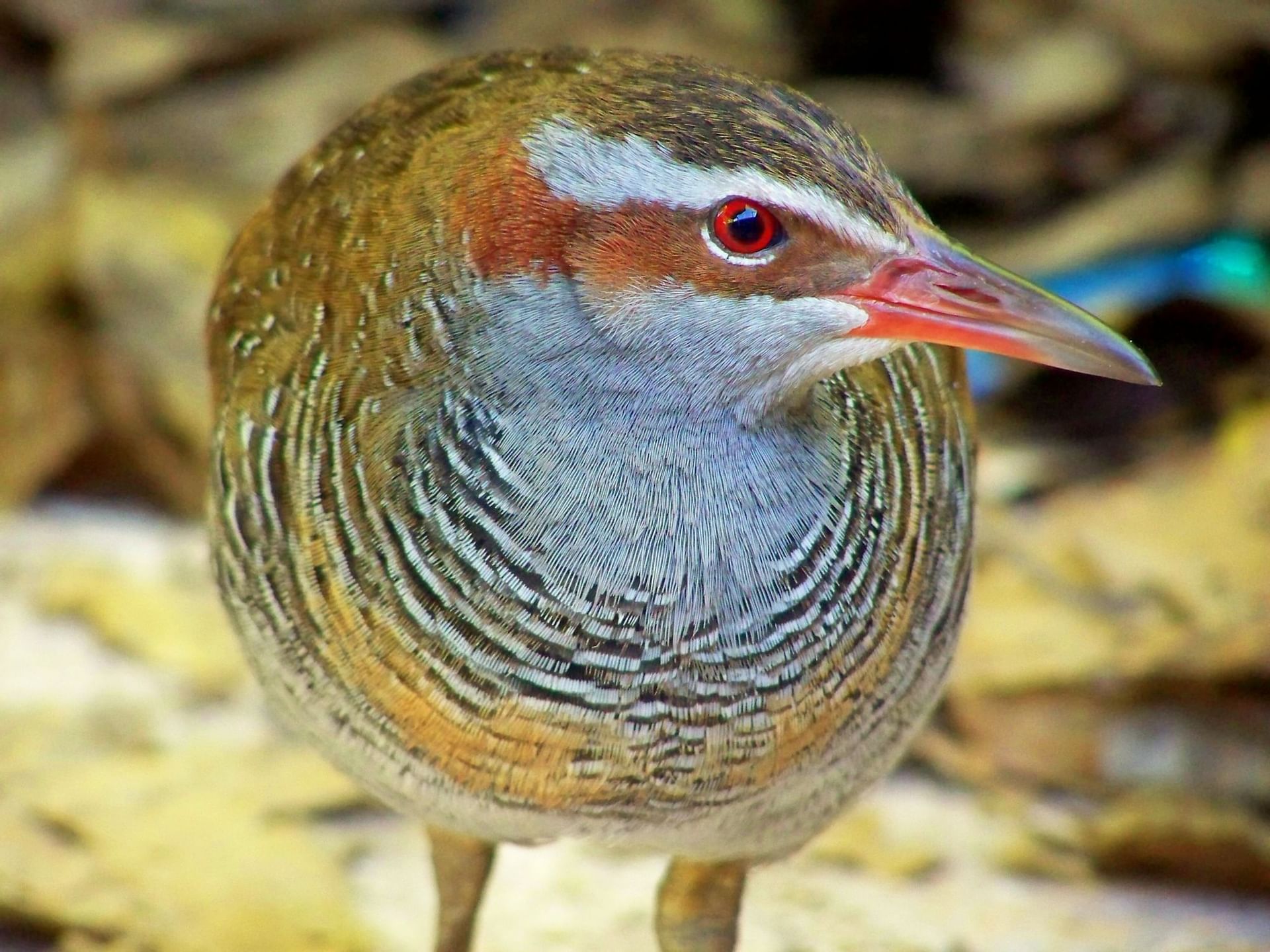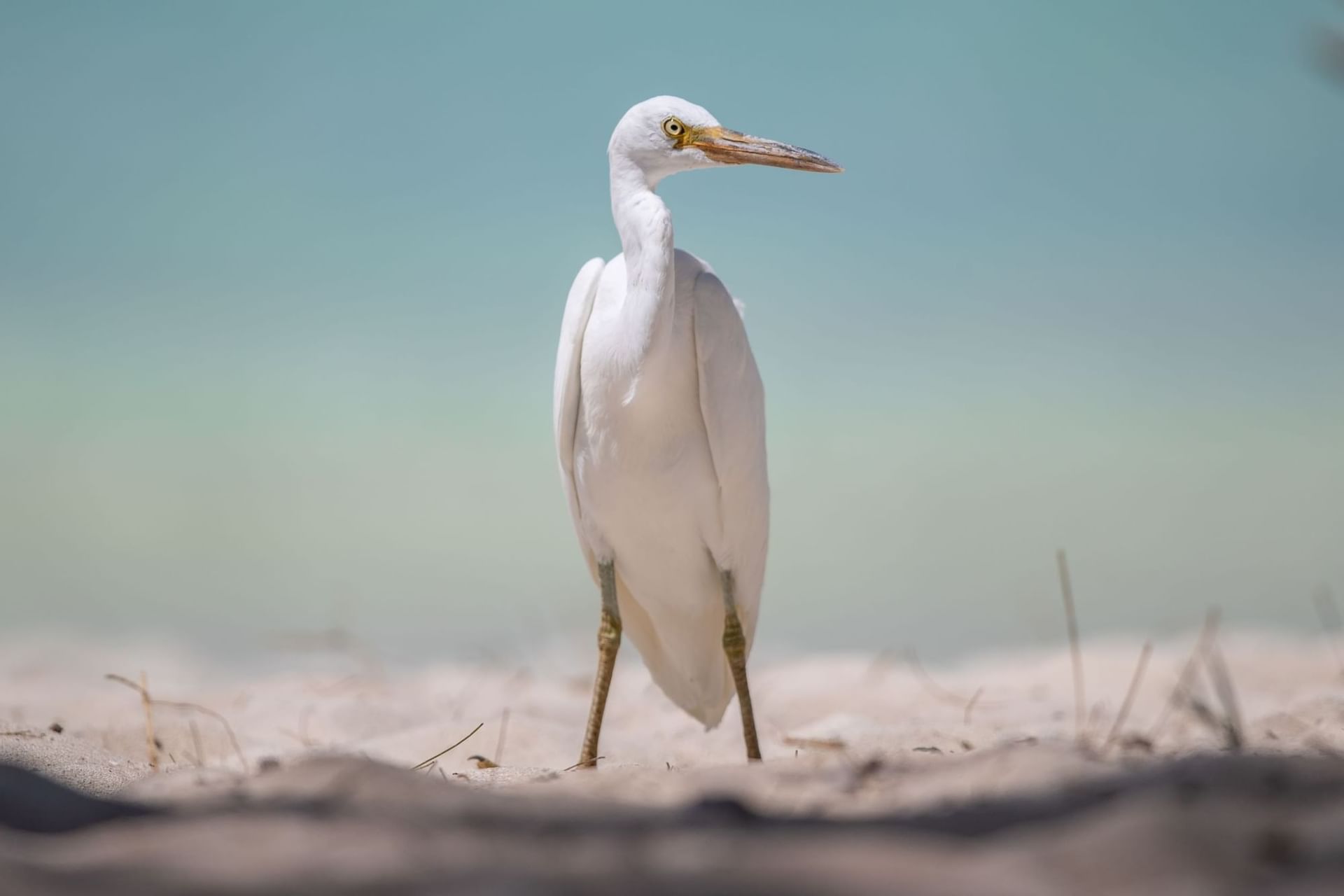365 Days of Wonder at Heron Island
When is the best time to go to Heron Island?
Any time of the year is the best time of the year to go to Heron Island and the Great Barrier Reef. A protected habitat for a stunning variety of wildlife, Heron Island allows you to get up close and personal with a diverse array of fauna and marine animals. You soon sense that you are very much a guest of the natural environment, you’re here to be part of it, to enjoy it and to learn from it.
To help plan your visit, we’ve provided a month-by-month forecast of what to expect on and around Heron Island.
Heron Island Resort respectfully acknowledges the Traditional Custodians of the Country on which we operate, the Bailai, Gooreng Gooreng, Gurang, and Taribelang Bunda peoples. We pay our respects to Elders past, present, and emerging. And extend that respect to all First Nations peoples.











